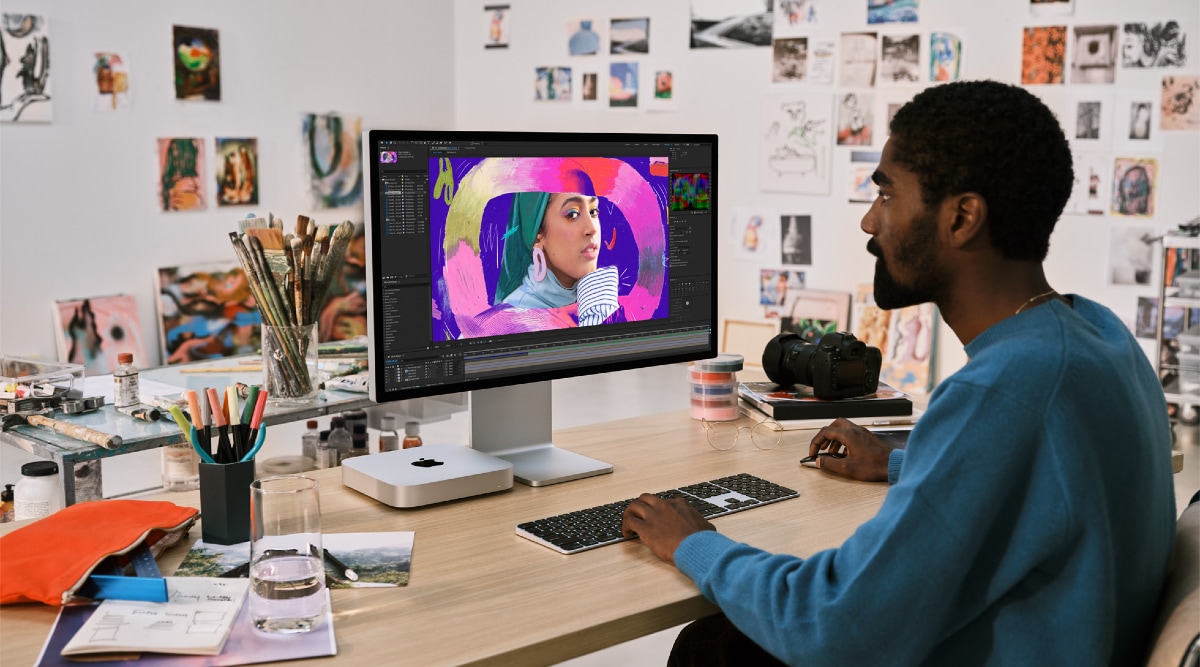A Mac malware that can silently, remotely manage a susceptible laptop and steal passwords from a person’s keychain has been largely overlooked by antivirus makers for two years—even though the code is comfortable to download.
Patrick Wardle, chief research officer at Digita Security, discovered information about Coldroot, a remote access trojan, in a weblog post on Tuesday.
These varieties of malware are connected and gain access to deep components of the working machine to advantage the entire, far-off manipulation of the gadget at any given moment—as if an attacker were sitting at the laptop in character.
But after tearing down the malware in a brand new evaluation, he discovered that not one of the antivirus makers indexed on the online malware scanner VirusTotal was able to detect it at the time of his studies—even though its code changed into posted in 2016.
Though the malware is “now not especially sophisticated,” stated Wardle, “it is a substitute ‘function complete’.”
According to Wardle, the activated malware can record and scouse borrow passwords, list files, rename and delete files, download and add files, remotely view the desktop in actual time, and shut down the gadget.

The malware masquerades as a record, which, while opened, provides a spark off for the person’s password. In the hope that a user will naively input their credentials, the malware will silently install and contact its command and manage server to look forward to orders from an attacker.
But that allows you to access more comprehensive parts of the gadget to carry out nefarious duties; the malware needs access to Mac’s accessibility capabilities. To do this, a user could have to manually add the malware to the list in the system possibilities—something no person would willingly do.
Instead, the malware modifies macOS’ privacy database, which could allow the malware to interact with system additives on the device. Once the malware is hooked, the Trojan will persist on the laptop with complete machine access whenever the gadget is restarted.
Apple patched malware in macOS Sierra by defensively protecting the database with gadget integrity safety, which might not automatically grant malware accessibility rights—even with a user’s password.
READ MORE ARTICLES :
- Expensive Apple: Please use these thoughts to modernize the Mac
- Forty-five Years Ago Fleetwood Mac Play’ Future Games
- Stealing login credentials from a locked date updated Mac just given simpler
- The vast majority of the public supports Taiwan’s China rules MAC
- How to put together your Mac for MacOS Sierra
Wardle stated his loose download Mac safety tools would help defend in opposition to those kinds of assaults.
Using an Antivirus for a Mac gadget isn’t unusual anymore. Until a few years back, Mac viruses, malware, spyware, and other malicious devices were almost impossible to discover, but now hackers have focused very aggressively on the Mac OS.
Recently, we heard of a new Trojan horse that attempted to attack various Mac structures. This Trojan tried to trick the user into buying a fake antivirus for Mac by making the person accept that their machine was infected with malware. As this malware is established, various pornographic websites open up, and you get pop usato to improve to the modern-day version of this software so that your credit card facts may be recorded. Though one of the good things about this Trojan changed is that it cannot install itself, a wide variety of Mac users became a sufferer of this malware.





